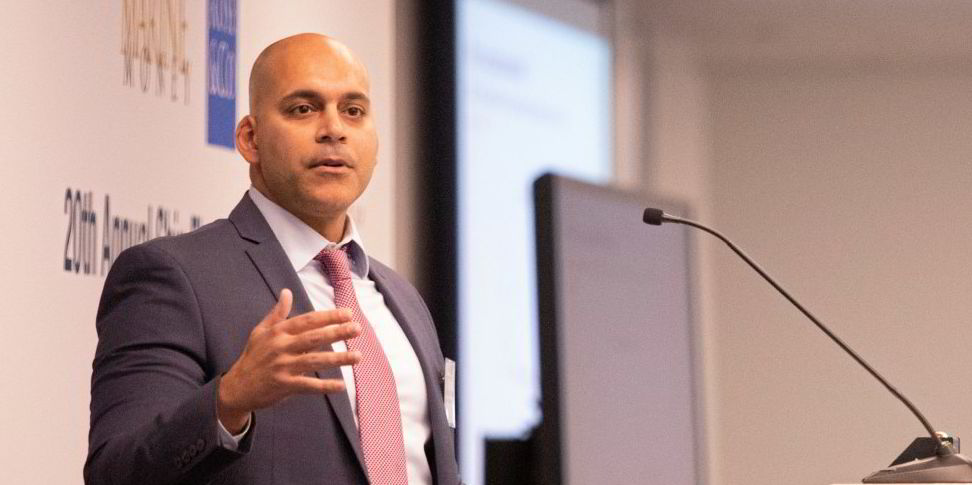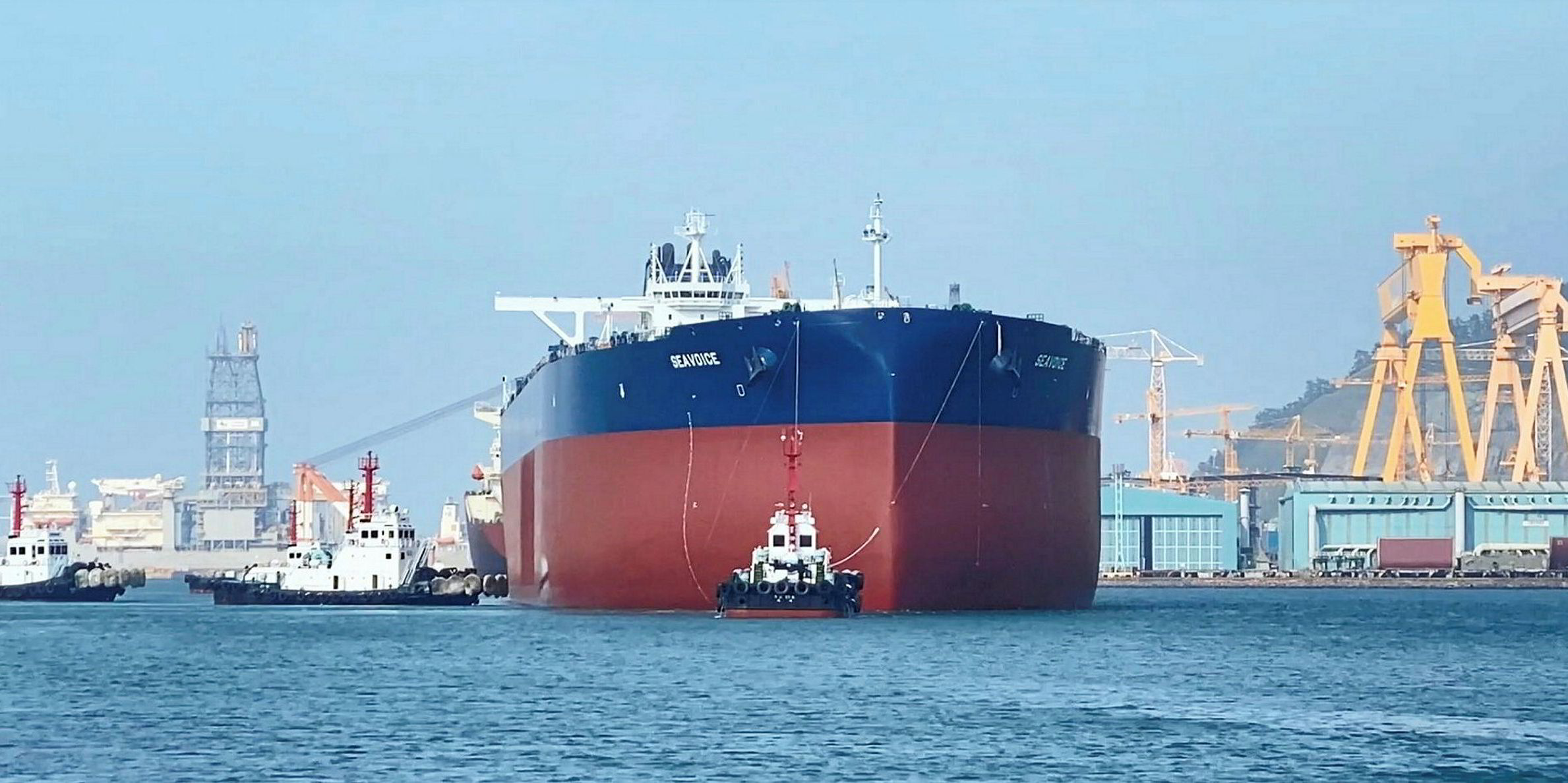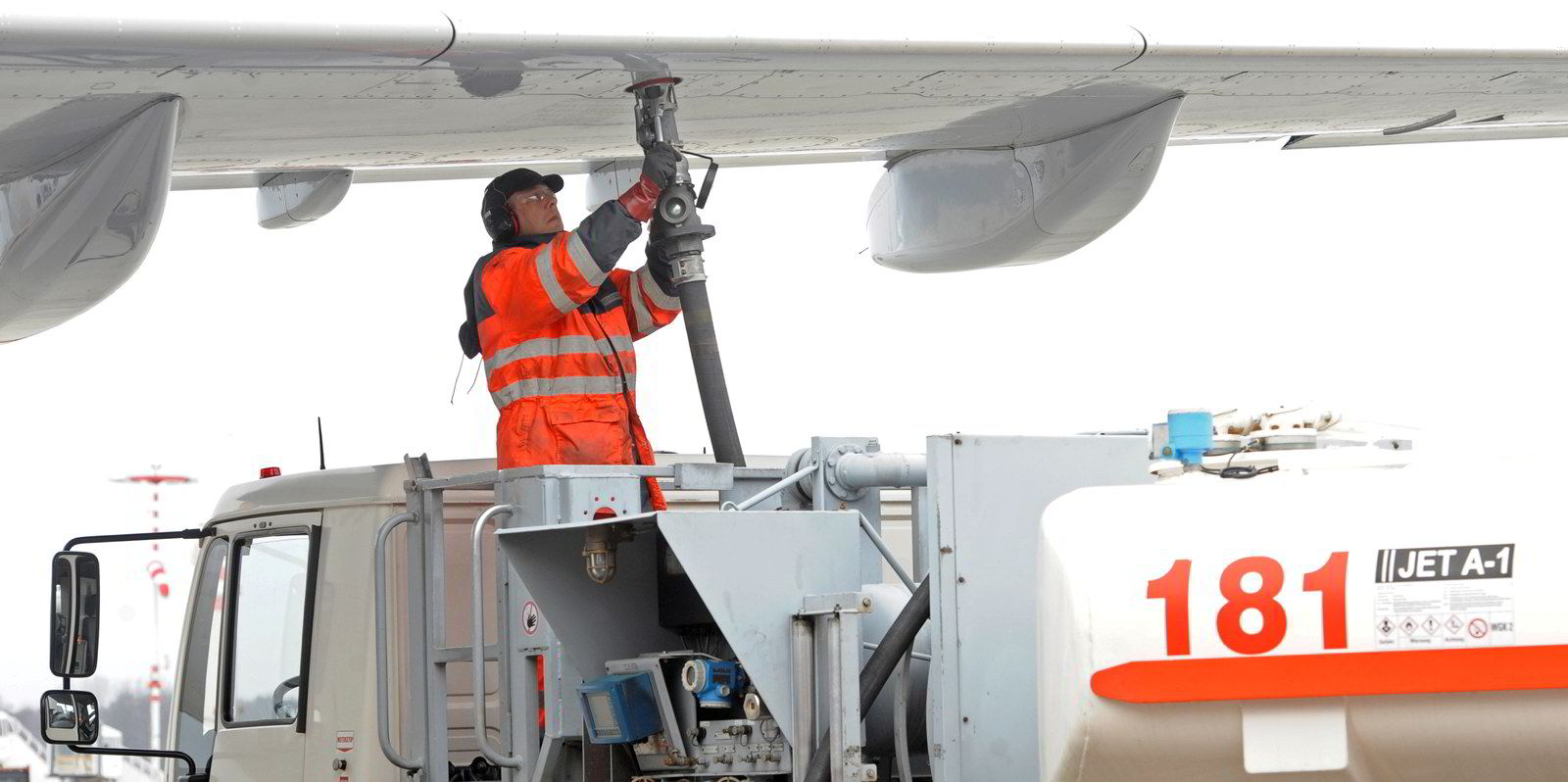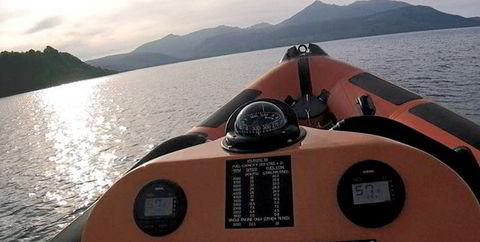Brokers and analysts are finding it tough to get a true measure of VLCC markets due to a lack of fixture details.
Gibson Shipbrokers of the UK said the last seven-day period had been a "difficult" week for VLCC owners, albeit with a "good number" of fixtures concluded.
"Yet, with so much being covered under the radar, there was never any opportunity to build any momentum and as such rates continue to languish," the shipbroker added.
Compatriot broker Howe Robinson Partners echoed this theme.
"This week has ebbed and flowed at a snail's pace without much direction. It's been a poor week with regards to cargo inquiry volumes across the board, and it's fair to say that those charterers that did fix tonnage have basically paid last-done levels," the company said on Friday.
"Owners will be looking for the balance of the first decade July stems to try to make some positive steps as far as rates are concerned, and we may well see charterers continue to work discretely off market so as not to upset the status quo."
Howe Robinson assessed Middle East to Asia runs at $4,000 per day for VLCCs on 18 June.
Difficult to get bearings
Norwegian investment bank Cleaves Securities said VLCC earnings keep falling amid rising fuel prices.
Its assessment was of a 55% drop week on week to $1,000 per day on average, easily the lowest estimate of the market.
"The Atlantic still faces a substantial tonnage list despite fewer ballasters on the horizon," head of research Joakim Hannisdahl said.
"The Middle East Gulf remains quiet and the few fixtures done are with undisclosed details which makes it difficult to get a read."
Cleaves said it also sees aframax rates remaining under pressure, although talk of a tightening tonnage list in the Mediterranean has provided owners with a glimmer of hope.
Norwegian investment bank Clarksons Platou Securities said July loadings got off to a slow start for VLCCs, but all indications are that the market should start to firm.
"Opec+ is gradually adding more barrels at the same time as refineries demand more crude," the Clarksons unit said.
The investment bank added there is a steep backwardation in the futures curve, meaning spot prices are higher.
"This just reflects the fact current oil production is too low compared with demand and needs to increase going forward," the company argued.
The haves and the have-nots

As vessels are booked two to four weeks ahead of actual loadings, the second quarter is already over in terms of what earnings to expect for VLCC owners.
Clarksons Platou said that non-eco VLCCs — those built before 2015 — averaged only $7,000 per day in the second quarter, and non-eco ships with scrubbers made $11,400 per day over the period.
For eco-vessels, the average was $12,700 per day, and their modern sisters with scrubbers fitted came in at $15,900 per day.
Most listed companies have roughly a 50:50 split of eco and non-eco tonnage.
"As a rule of thumb, looking at the eco-average ... is therefore likely the best approximation of what to expect for this quarter, but there will be no doubt wide differences among owners," the investment bank said.
Clarksons Platou's assessment for Monday was $8,700 per day for eco-VLCCs, with a scrubber premium of $4,000. This was down 9% from Friday.
Supply and demand to rebalance
Gibsons said from 2030 onwards most of the fleet is likely to consist of tankers built in 2015 or later, which are mainly between 15% to 25% more fuel efficient than older ships.
"If oil demand peaks sooner than expected, the scrapping pressure on the least fuel efficient tonnage will increase exponentially, eventually rebalancing tanker supply with demand, albeit at lower absolute levels of trade," the broker added.
The company also identified that the supply of suezmaxes suitable to load in Basrah, Iraq, visibly tightened in the week to 18 June.
A concentration of end-June and early-July cargoes gave owners the opportunity to push rates up to Worldscale 30 for European destinations.
But by the end of the week, the tonnage list was back to normal and rates dropped again.






